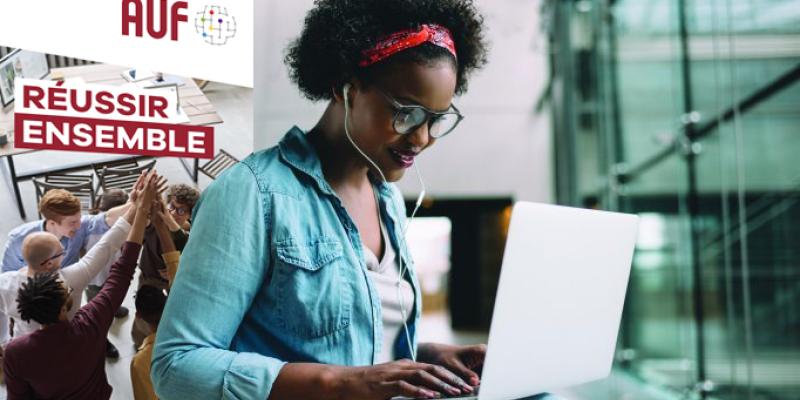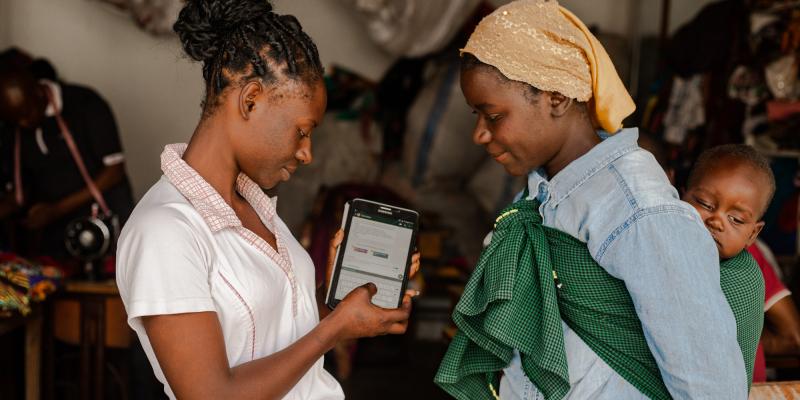The University of Rwanda wants to make its digital material on its e-learning platform more interactive. Uploading only books, PDFs and PPTs discourages students’ active engagement in online courses. Adapted or blended solutions could result in a better inclusion of vulnerable people (girls, people with disability, and refugees). However, teachers and students do not have enough adequate capacities and skills to create and use quality digital content, MOOCs and open learning resources (OERs) and use them in a blended learning mode.
The University of Rwanda has set up a multimedia studio at Rukara Campus to support blended learning in place since it was established in 2013. Several academic staff have been trained to design and create digital content materials. The multimedia studio has become an issue of critical importance to students and academic staff at the University of Rwanda during the current COVID-19 pandemic, when ICT has widely become the primary means to convey learning. The project will equip 6 additional campuses with mini multimedia studios, and support their staff and students to design and produce quality digital content, MOOCs and OERs locally, focusing on Science, Technical, Engineering and Mathematics (STEM) content.
The project will first establish mini mobile multimedia systems and related infrastructure (server, internet connectivity), managed by technical/instructional designers, in six campus running STEM academic programme to support expansion and continuity of STEM education through the availability of interactive and inclusive digital content. 90 academic staff teaching in STEM programs will be capacitated in instructional design and online pedagogy to create e-learning material. 600 students selected from STEM Programs will be trained on EdTech solutions and sensitised on the availability of interactive digital contents for their modules.



